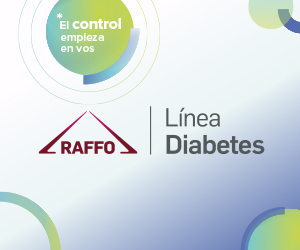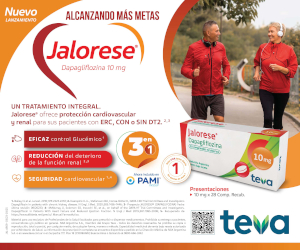O13 Association of cardiometabolic markers and central obesity in normal and overweight or obese children
DOI:
https://doi.org/10.47196/diab.v54i3Sup.374Keywords:
cardiometabolic markers, obesity, childrenAbstract
Objective: To determine the association of cardiometabolic markers and central obesity
(OB) in four groups of school children: 1- normal weight with central OB 2- normal weight without central OB, 3- OW (overweight) / OB with central OB, and 4- OW / OB without central OB in a sample of school children.
Methods: A cross-sectional study was carried out in schoolchildren between November 2011 and 2013. Children's anthropometric measurements, blood pressure (BP) and serum levels of glucose, lipids and insulin were measured. Maternal BMI and waist circumference (WC) were evaluated. Children were classified as having OW (BMI = 85-
94th percentile) and OB (BMI> 95th percentile) according to the CDC. Central OB was classified as WC> 90th percentile.
Results: A total of 1,264 schoolchildren (624 F), mean age 9.5 ± 2.2 years old, were evaluated. The prevalence of OW/ OB was 32% (405) and that of central OB was 24.5% (310). The prevalence normal weight children without central OB was 64.3% (796), normal weight with central OB 5% (66), OW / OB without central OB 11% (137) and OW / OB with central OB 21% (265). Normal weight children with central OB had significantly
higher triglyceride levels than normal weight children without central OB (86 vs 70 mg / dL, respectively). Children with normal weight with central OB had significantly higher triglycerides (81 vs 77 mg / dL) and lower maternal BMI (24 vs 28 kg / m2) than OW / OB children but without central OB. Interestingly, normal weight children with central OB had lower BMI (19 vs 20 kg / m2) but significantly higher WC (73 vs 65 cm) than OW / OB children without central OB, suggesting that WC would be a better marker of cardiometabolic complications than BMI. Children with OW / OB with central OB had systolic (100 vs. 94 mmHg) and diastolic BP (61 vs. 58 mmHg), triglycerides (101.0 vs. 70.5 mg / dl), insulin (8.6 vs. 6, 1 IU / dL), triglycerides / HDL-C (2.6 vs 1.5) and nonHDL-C (100.5 vs 93.4 mg / dL) higher, while HDL-C (44, 0 vs 49.9 mg / dl) lower compared with children with OW / OB children without central OB. Multiple linear regression analysis showed that age, systolic BP, HDL-C, triglycerides, and maternal
WC were significantly associated with WC; adjusted for confounding variables (R2 =
0.50).
Conclusion: This study suggests that schoolchildren with normal weight or with OW / OB with central OB have higher levels of cardiometabolic markers compared with those
without central OB. Future longitudinal studies should be done to confirm these findings.
Downloads
Published
How to Cite
Issue
Section
License

This work is licensed under a Creative Commons Attribution-NonCommercial-NoDerivatives 4.0 International License.
Dirección Nacional de Derecho de Autor, Exp. N° 5.333.129. Instituto Nacional de la Propiedad Industrial, Marca «Revista de la Sociedad Argentina de Diabetes - Asociación Civil» N° de concesión 2.605.405 y N° de disposición 1.404/13.
La Revista de la SAD está licenciada bajo Licencia Creative Commons Atribución – No Comercial – Sin Obra Derivada 4.0 Internacional.
Por otra parte, la Revista SAD permite que los autores mantengan los derechos de autor sin restricciones.


































